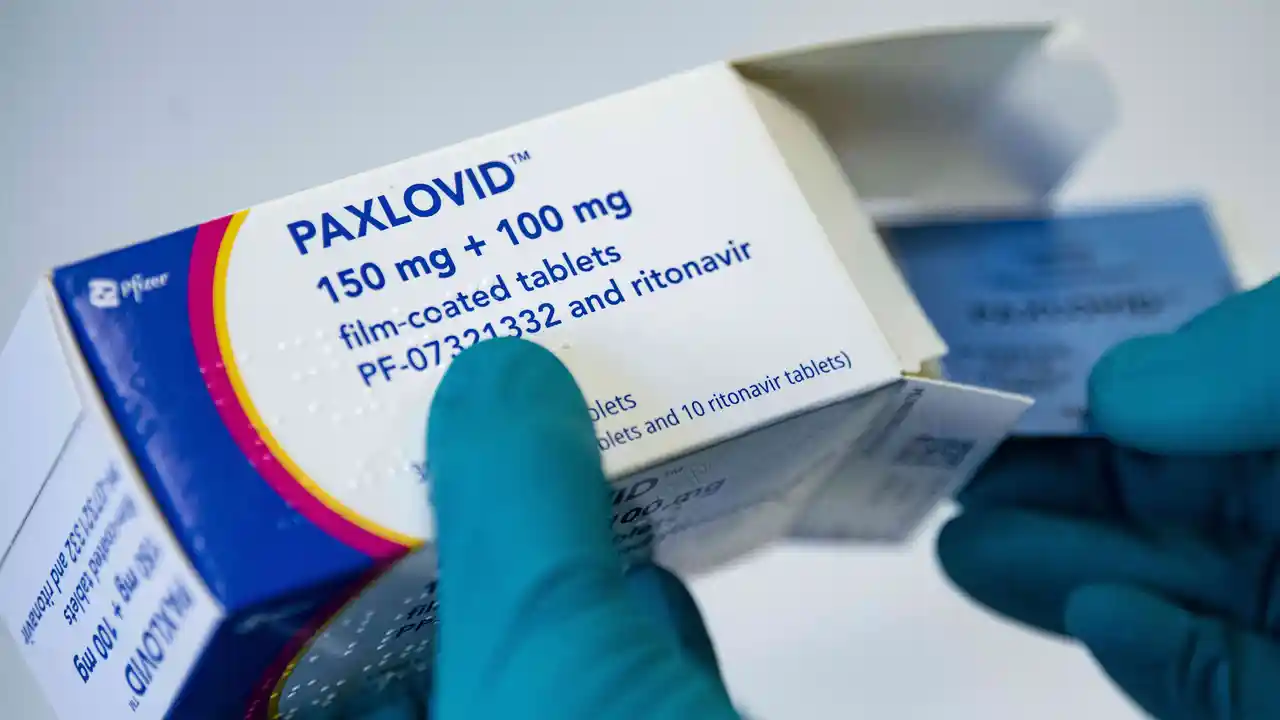Drug Mechanisms: How Medicines Work
Ever wonder why one pill fixes heartburn while another calms anxiety? Drug mechanisms explain that. They’re the specific steps a medicine uses to change how your body or a microbe behaves. Knowing the mechanism helps you predict effects, side effects, and interactions. You don’t need a medical degree to get the basics—just a few clear examples.
Common types of drug actions
Receptor agonists and antagonists: Many drugs bind receptors on cells. Agonists activate the receptor; antagonists block it. For example, Ventolin (albuterol) is a beta-2 agonist that relaxes airway muscles and eases breathing. Sumatriptan (Imitrex) works as a 5-HT1B/1D agonist to stop migraine pain by narrowing certain blood vessels and blocking pain signals.
Enzyme inhibitors: Some meds stop specific enzymes from working. Proton pump inhibitors like Nexium (esomeprazole) block the stomach’s acid pump, reducing acid production and healing ulcers. ACE inhibitors and ARBs, like azilsartan medoxomil, block steps in blood-pressure control to lower hypertension risk.
Ion channel modulators: Drugs can open or close ion channels that control nerve and muscle signals. Lamictal (lamotrigine) stabilizes neuronal sodium channels to prevent seizures and mood swings. Gabapentin (Neurontin) affects calcium channel subunits to reduce nerve pain.
Transporter blockers: These drugs stop transport proteins that move chemicals across cell membranes. Some antidepressants block serotonin or norepinephrine reuptake transporters to boost mood. Transporter effects matter for drug interactions and timing.
Prodrugs and metabolism: Some medicines arrive inactive and need metabolism to become active. Others are changed by liver enzymes and can be slowed or sped up by substances like alcohol or caffeine. That’s a key point when reading about imipramine interactions—alcohol can worsen sedation and change metabolism.
Physiologic agents and irritants: Laxatives like bisacodyl act directly on the gut wall to speed transit and change electrolyte balance. That’s why prolonged use can cause dehydration and electrolyte problems.
Why these details matter to you
Mechanism tells you what side effects to expect. A drug that narrows blood vessels might raise blood pressure in some people. One that blocks receptors can cause dry mouth or drowsiness. Knowing the mechanism helps you spot risky combinations—like mixing sedating drugs with alcohol.
It also helps with choosing alternatives. If sumatriptan doesn’t work or causes side effects, knowing it targets serotonin receptors points you to other classes that act differently—like Botox or CGRP inhibitors mentioned in migraine alternatives. When doctors switch blood-pressure meds, they match mechanisms to patient needs, not just brand names.
Want practical next steps? Read your prescription leaflet for the listed mechanism and common interactions. Ask your pharmacist how a new medicine might mix with OTCs or supplements. If you find technical terms confusing, use reliable summaries—PharmaExpressRx has plain-language articles breaking down mechanisms with real examples.
Understanding drug mechanisms won’t make you a pharmacist, but it will make you a smarter patient. It helps you ask better questions, avoid dangerous mixes, and get treatments that fit your life.
